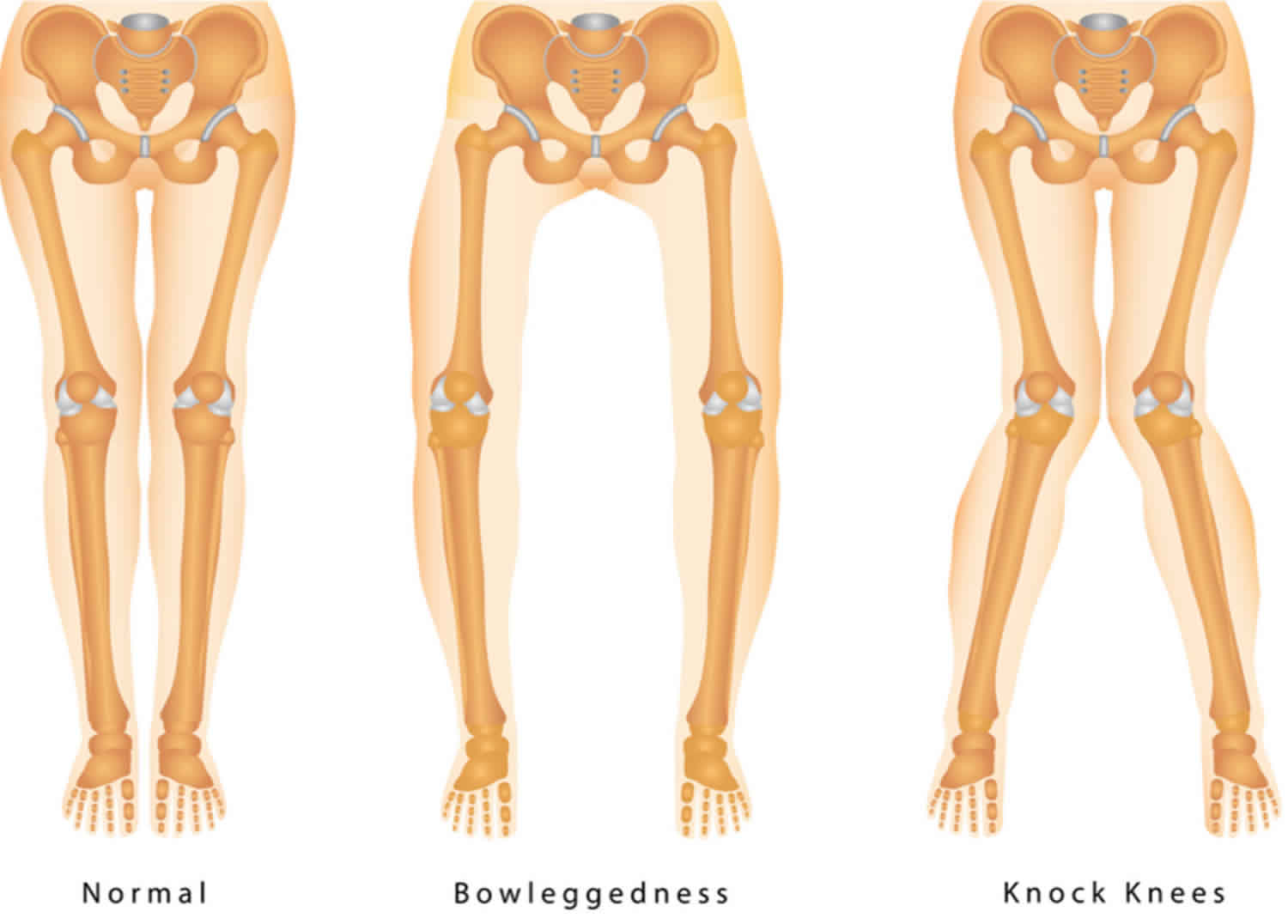Most of you only notice a knock-knee or bow leg when the dog has an abnormal walking gait. However, many animals have these legs, including horses and cows. These abnormalities are attractive to predators because the animal is likely to bend over more readily for easier access to the prey in its belly and due to difficulty escaping from predators who might follow the animal on its back legs with their jaws open. My Knock Knee Fix – Knock Knees and bow legs are two of those congenital disabilities that some people call cute. Unfortunately, they are also defects that many people find awkward and difficult to control.

Over the past decade or so, there has been an increase in the popularity of these breeds because they are great to watch, especially when it comes to pointing birds. However, few breeders have bothered to understand the genetics of these conditions, and they rarely know what they should do when they find one. One of the reasons these breeds are popular is because they have a very characteristic body and face shape. In addition, many people who have these dogs say that they are cute, especially when playing and running.
However, most people would not say that they are pretty dogs when standing still because of their knock knees and bow legs. The legs themselves can look out of proportion because the leg length is shorter than usual in the front of their body, and their back has extra length to it. The following details are to explain the two different types of knock knees and bow legs, what causes them, and when you might see them in children.
Background Information on Each Type
Knock Knees –
Knock Knees are not actually “knocked” in. Instead, it comes from when the kneecap isn’t centered over the thighbone. It can cause pain in both your knees and hips, especially if they’re untreated. An alternative to braces is exercised, such as putting a squirt bottle on the ground and making sure your knees don’t hit it. Inhaling ice water can also be effective for any pains you’re experiencing. (Try breathing deep and fast to get more air in your lungs before you drink.)
It’s important not to exercise too much, though, because that can cause knee problems too. A knock knee is when the knee cap is not centered between the femur and tibia. As a result, when one leg is longer than another, or when there is an imbalance in muscle strength and flexibility, the legs start to drift apart and end up knocking into one another. It can cause pain in your knees as well as your hips. Knock knees are not usually genetic because they’re more frequently caused by injury or illness.
Treatment – Frequently, a doctor will prescribe either a brace or surgery. The brace will straighten out the legs while you are walking and force them to stay together while resting. AS an alternative, you could try to exercise the muscles in your legs that form your knee caps. So, if you have a knock-knee, there is no reason why you can’t be as good as new at running and jumping again.
Bow Legs –
Bow Legs are most often formed during pregnancy or after an infection. The inside of the legs doesn’t straighten out, while the outside of the legs is perfectly straight. The best way to move around is standing up straight. People get this condition by having a muscle imbalance between their muscles inside and outside of their legs. They might have an injury, such as falling to one side and landing most of their body weight onto one leg.
The main concern with bow legs is that they can lead to hip problems if not treated. Bowlegs occurs when there is an imbalance of strength or flexibility in the muscles supporting your hips. Bow Legs are often believed to result from pregnancy symptoms such as swelling and back pain, but they are often an injury or illness. Bow Legs may also be caused by a congenital disability, osteoporosis, or another medical condition.

Treatment –
Treatment for most bow legs is to keep the legs as straight and still as possible. If a brace is prescribed, it will pressure the legs to straighten them out again. The brace will restrict their movement, so the user must be careful not to do anything that causes their legs to move too much, such as running or jumping. Nerve damage from an injury or illness could also cause bow legs. As you can see, both of these types of knee problems are typically not genetic but instead can be caused by injury and illness.
Knock knees and bow legs are not the same. Instead, they both occur because of an imbalance between the muscles that hold your bones together. There are two types of knock-knee, depending on how this imbalance occurs. An actual knock knee results from a partial separation of the thigh bones as they should form a straight line for them to move correctly when you walk or run. Actual knock knees usually occur in dogs very early in their life when they are born. Genuine knock knees are not genetic. There’s no one way for a dog to inherit them at all. A dog with proper knock knees can move around normally and play without any problems as long as their legs aren’t placed under stress from exercise or misalignment.
